So I decided to be productive on my day off after our indoor conference track meet this last weekend in South Dakota, so I changed the oil + oil filter, then I fixed the EGR Valves threaded nut that had worked itself off and was making a exhaust leak sound, then I decided to grease all the sway bar bushings and u-joints and then I remembered that I had ordered a set of Independent4x's 2" Coil Spacers, and I thought, hmmm I wonder what that would look like, and I needed to rotate my tires anyways, and install a new ABS sensor on the rear, so.....
Haha, well I already have the larger OME 912 springs in the rear and the torsion bar crank on the front giving the VX a ligit 2-1/2" lift and with the 2" spacers it is now pretty much a 4" susension lift and this I think is as high of a suspension lift that we can do without a lot more work. I had to have my roommate come out and press down on the axle which I had taken the shock and the swaybar off of and I was compressing the spring as hard as I can applying probably about 250lbs of force or so and then it slammed into place and I am not quite sure if I could even get them off at this pointHaha, so I better like it.....
I had about 7 to 7-1/2 inches of space between tire and wheel well with just the OME 912 springs:
Here is a side to side of the Independent 4x 2" spacer on the left and the stock srping retainer on the right that it replaces:
I now have about 8-1/2 inches of space between tire and wheel well with the OME 912 springs and 2" spacers:
Left side has 2" spacer, right side does not yet:
Left side has 912 spring and 2" spacer, right side just 912 spring:
Results:
Space between wheel well and tire now:
FL: 7-1/4" FR: 7"
RL: 8-1/2" RR: 8-1/2"
I think I might level it out just a little and now I am almost ready for some 35" tires
Before and after pictures, although I don't think this is a fair comparison because the before pics are all clean and shiny and the after pics are dirty and rainy, but I think you will get the feel for it. I always felt like the rear was a little squaty and now it is aggresive:
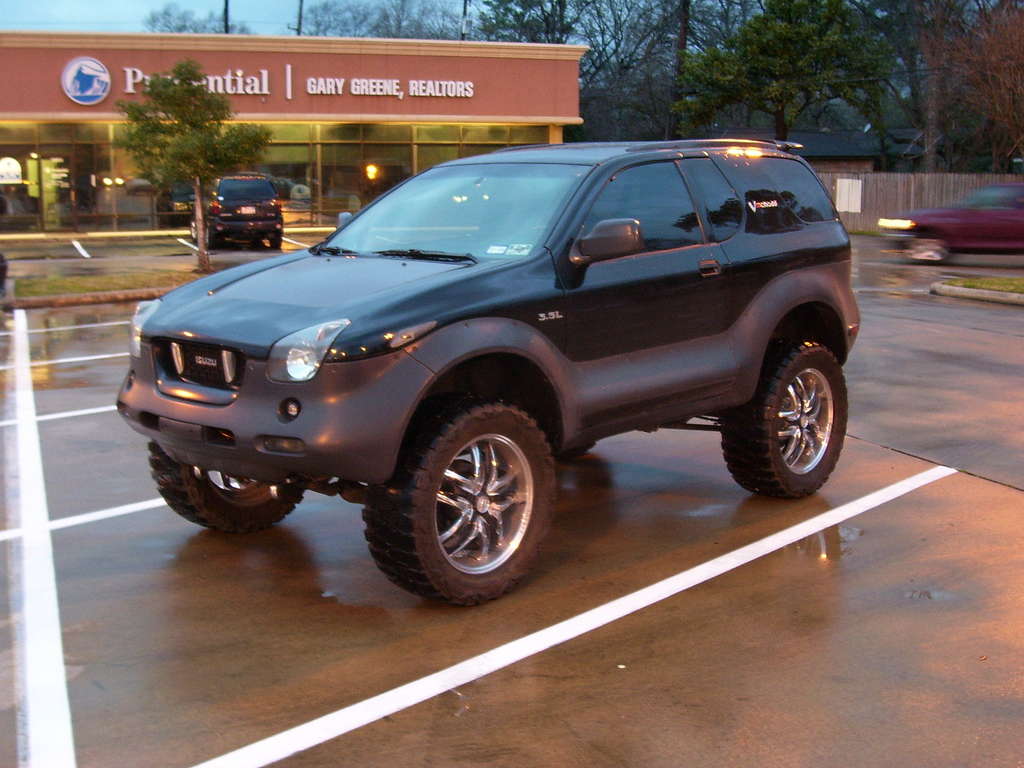


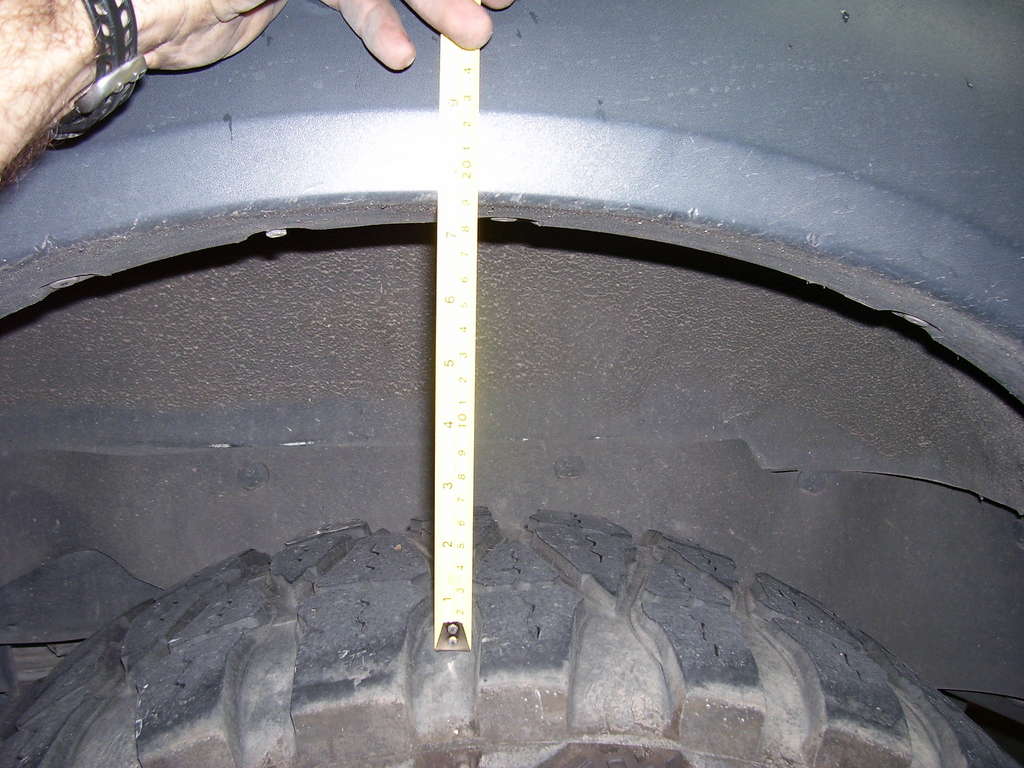
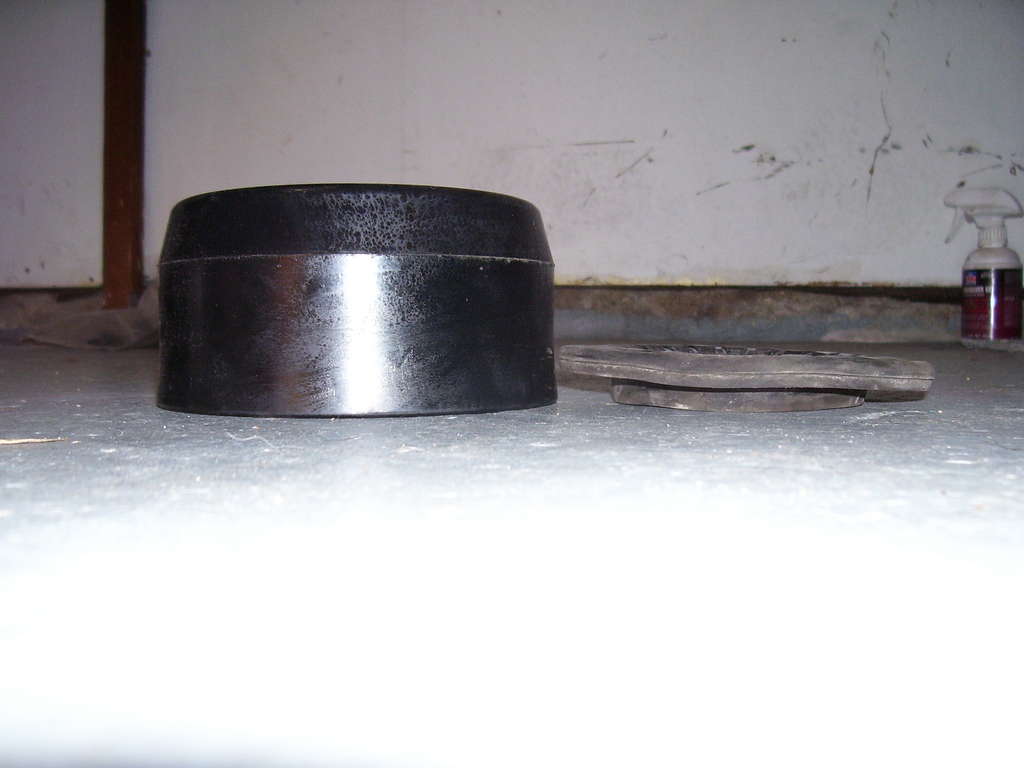
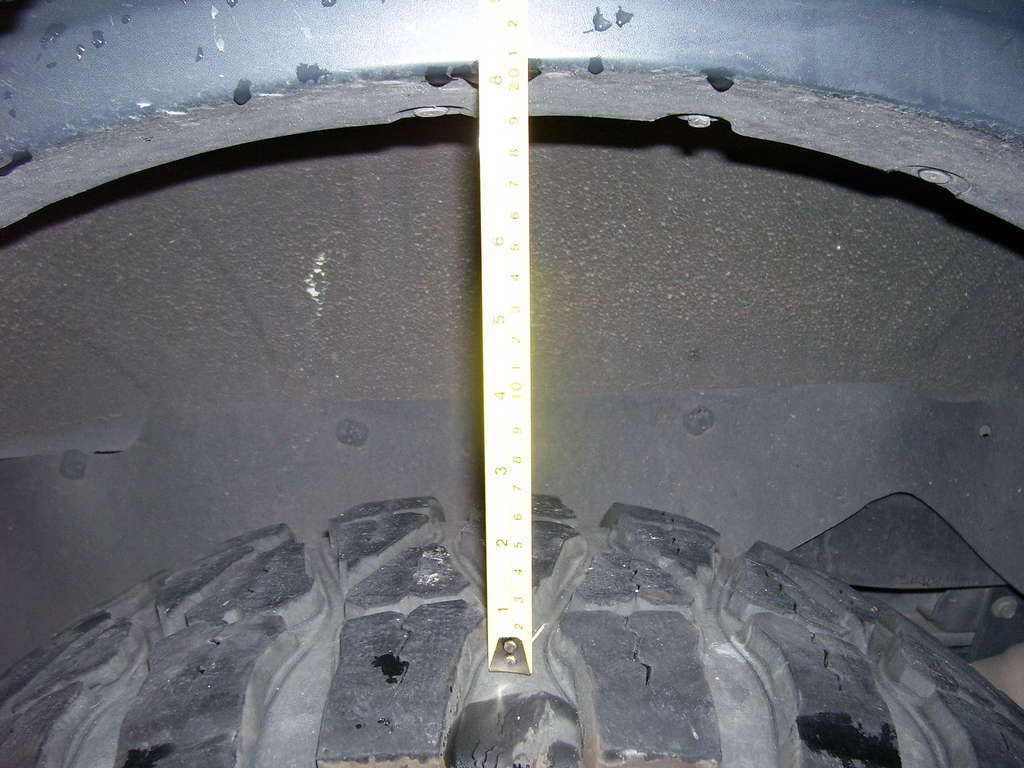
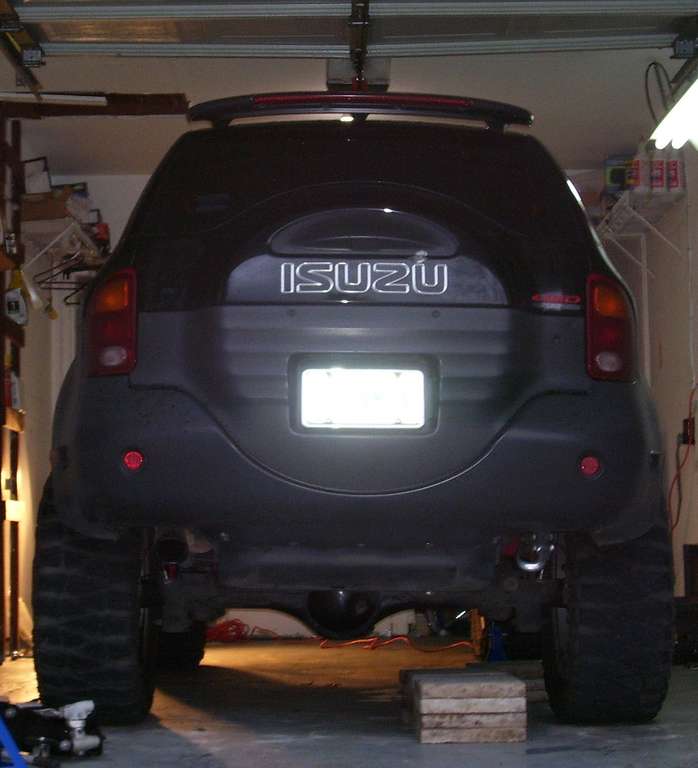
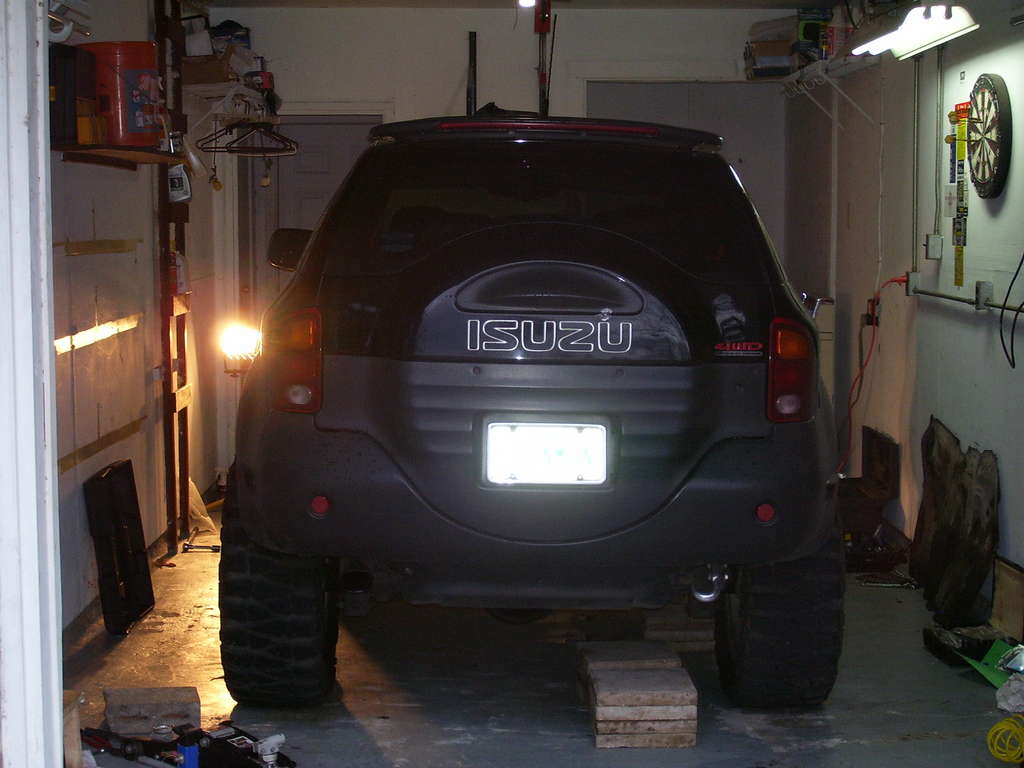
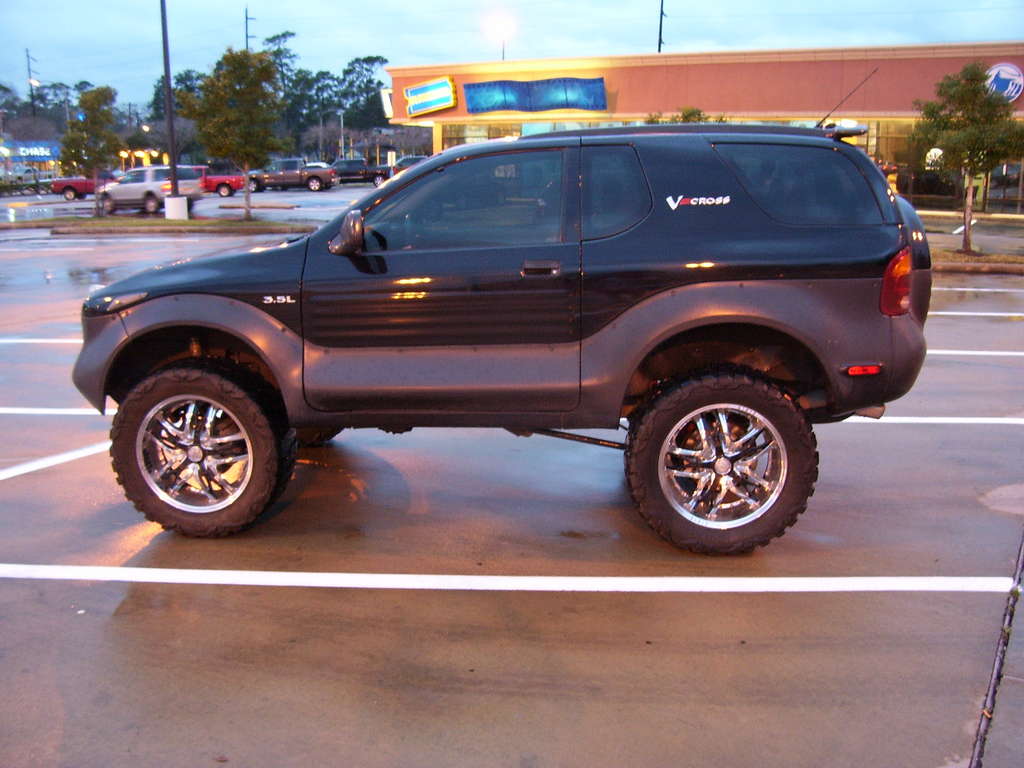
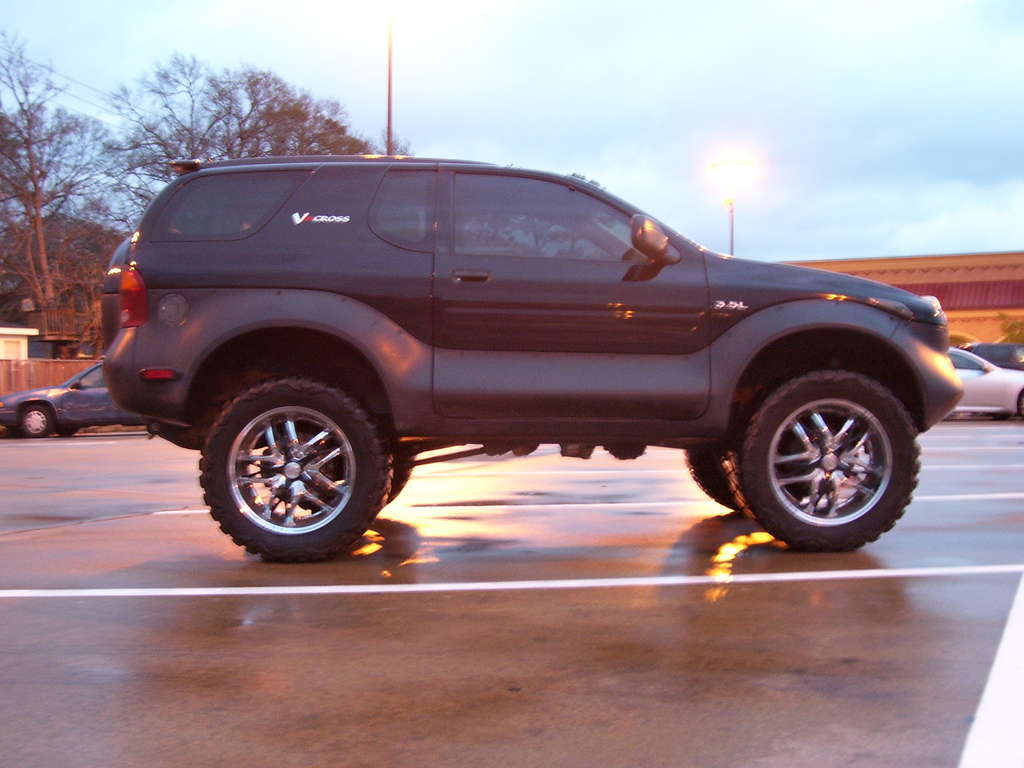
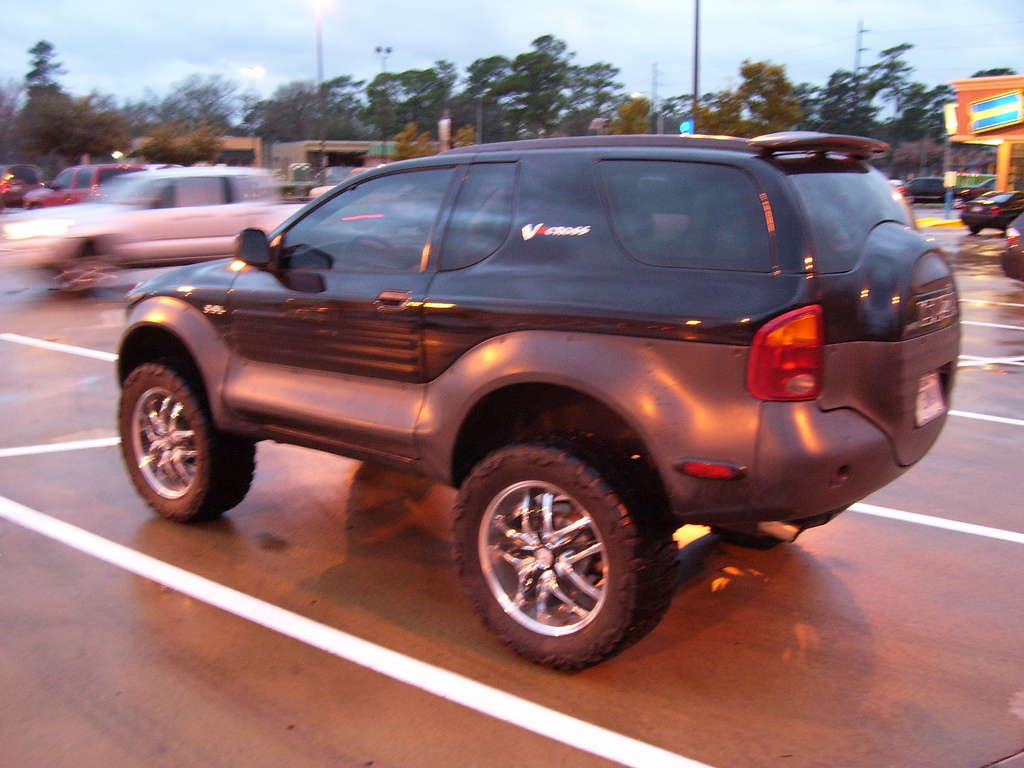
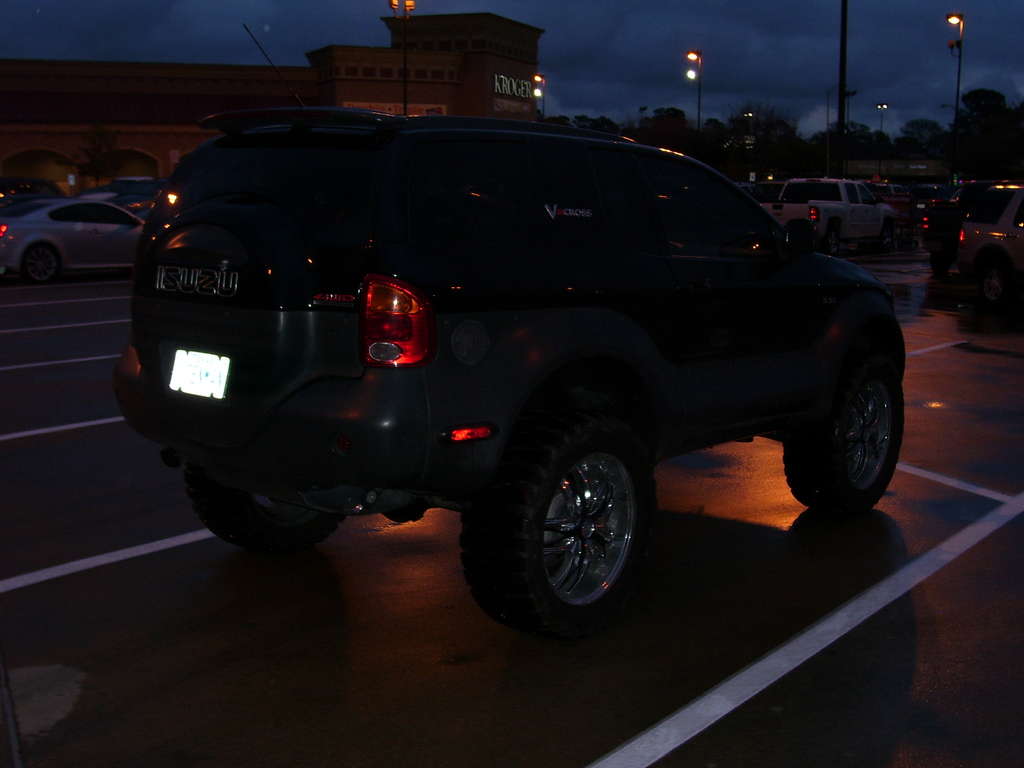


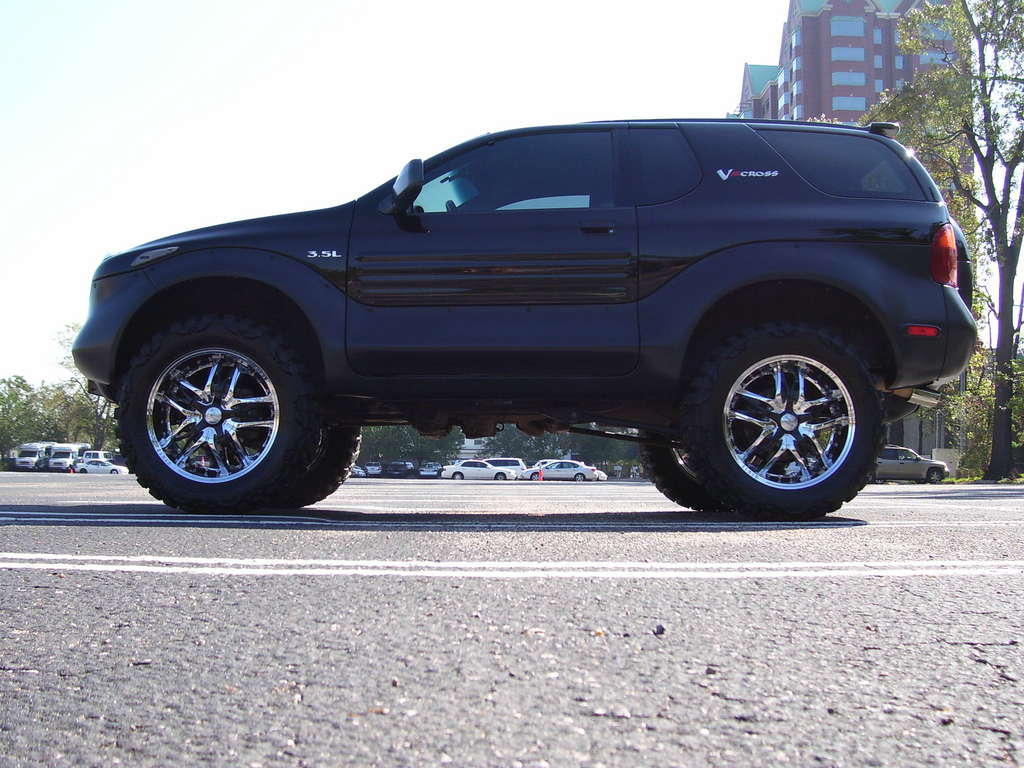
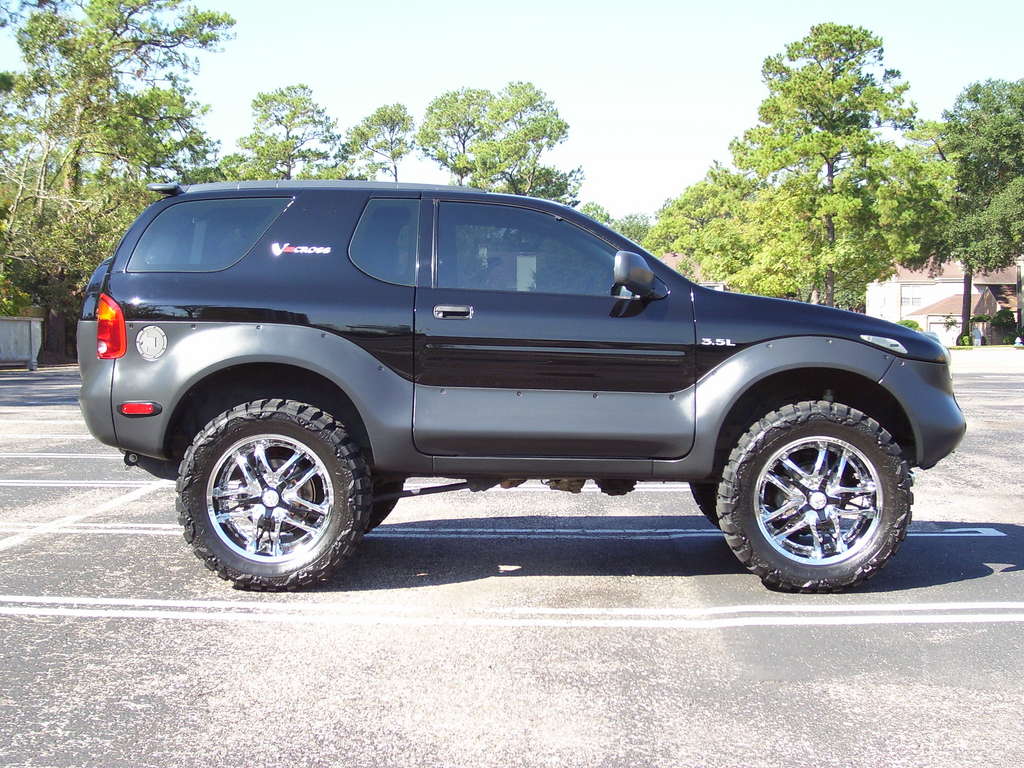
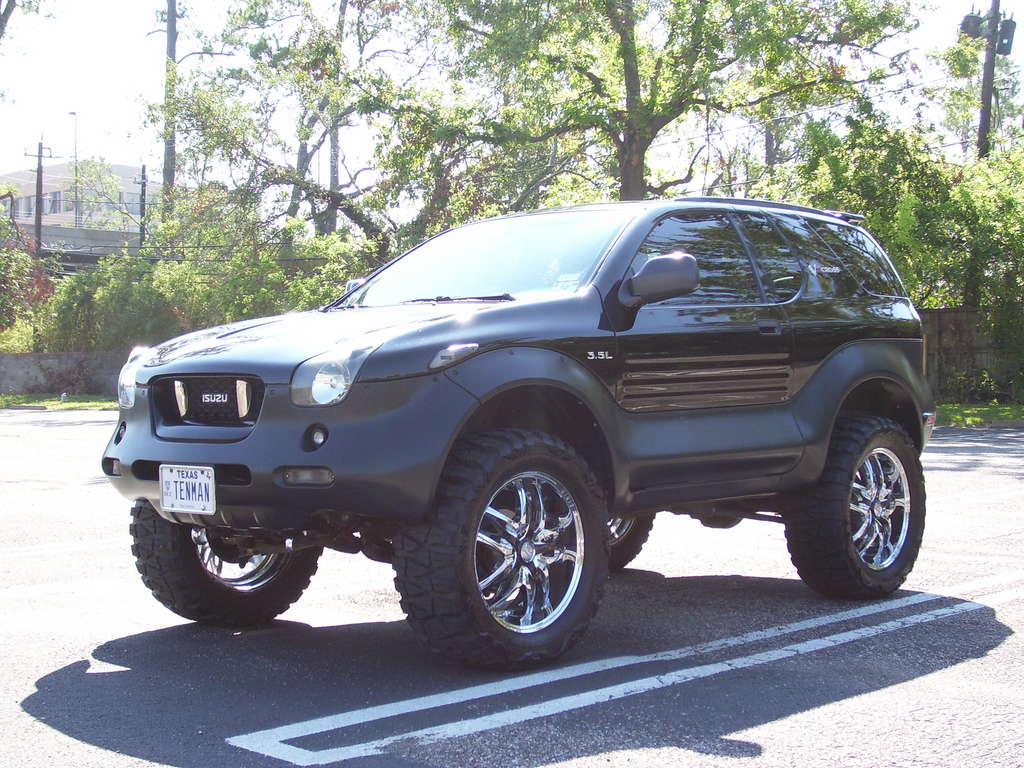


 Reply With Quote
Reply With Quote


















